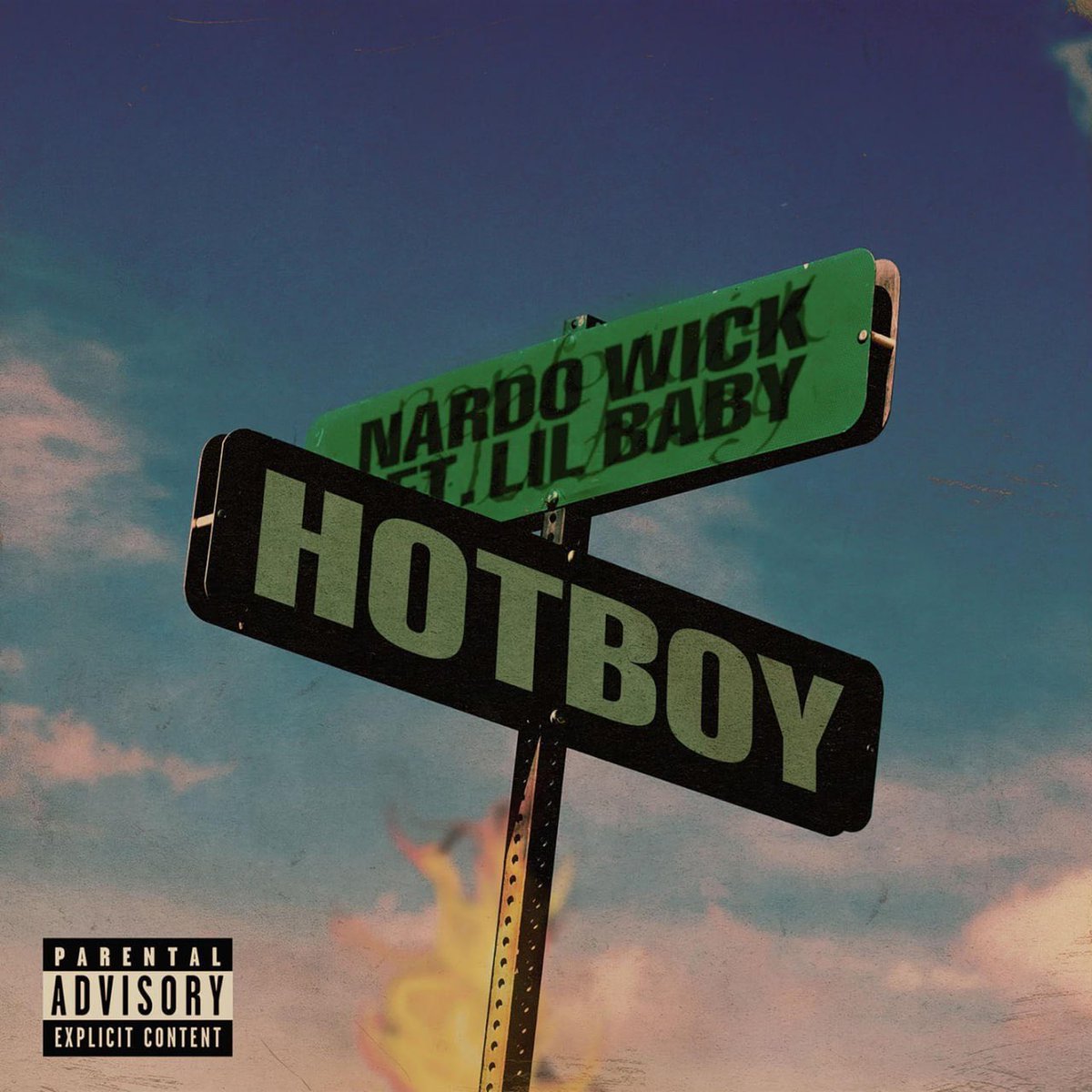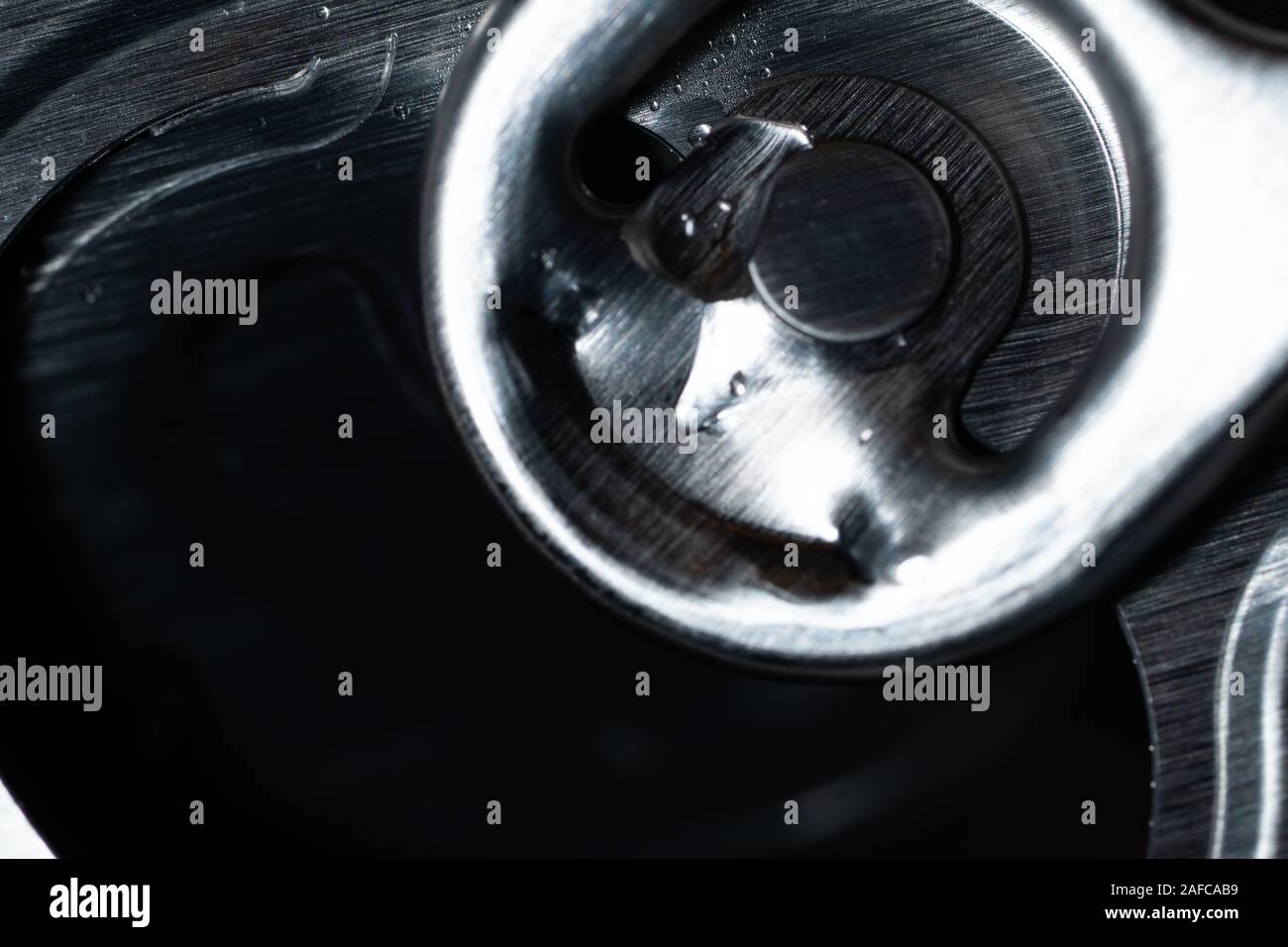Pimples are a common skin condition that can affect people of all ages. They are caused by a combination of factors, including bacteria, oil, and dead skin cells that can clog pores. Pimples can appear on the face, back, chest, and shoulders. While most pimples are harmless and will eventually go away on their own, some larger pimples may be painful and can lead to scarring. If you have a large pimple that is causing you pain or discomfort, you may want to try to pop it safely at home.
Before you attempt to pop a pimple, it is important to understand the risks involved. Popping a pimple can introduce bacteria into the skin, which can lead to infection. Additionally, if you pop a pimple incorrectly, you can cause scarring. If you are concerned about the risks of popping a pimple, you should consult with a dermatologist.
If you decide to pop a pimple at home, there are a few things you can do to minimize the risks. First, make sure your hands are clean. You can also use a cotton swab or a comedone extractor to help you pop the pimple. Once the pimple has been popped, you should apply a warm compress to the area to help reduce inflammation. You can also apply a topical antibiotic to help prevent infection.
i can pop out right now pull my big one
Pimples are a common skin condition that can affect people of all ages. While most pimples are harmless and will eventually go away on their own, some larger pimples may be painful and can lead to scarring. If you have a large pimple that is causing you pain or discomfort, you may want to try to pop it safely at home.
- Clean hands: Wash your hands thoroughly with soap and water before touching the pimple.
- Sterile tools: Use a clean cotton swab or comedone extractor to pop the pimple.
- Apply warm compress: Apply a warm compress to the area after popping the pimple to help reduce inflammation.
If you are concerned about the risks of popping a pimple, you should consult with a dermatologist.
Clean hands: Wash your hands thoroughly with soap and water before touching the pimple.
Washing your hands thoroughly with soap and water is one of the most important steps in preventing the spread of bacteria and infection. This is especially important when dealing with pimples, as the skin around a pimple is often irritated and more susceptible to infection.
- Remove dirt and oil: Soap and water help to remove dirt, oil, and bacteria from your hands, which can help to prevent the spread of infection to the pimple.
- Reduce the risk of scarring: Popping a pimple with dirty hands can introduce bacteria into the skin, which can lead to infection and scarring. Washing your hands before touching the pimple can help to reduce this risk.
- Prevent the spread of bacteria: If you have multiple pimples, washing your hands before touching each pimple can help to prevent the spread of bacteria from one pimple to another.
- Promote healing: Keeping the area around the pimple clean can help to promote healing and prevent the formation of new pimples.
It is important to wash your hands before touching a pimple, even if you are not planning to pop it. Touching a pimple with dirty hands can still spread bacteria and lead to infection.
Sterile tools: Use a clean cotton swab or comedone extractor to pop the pimple.
Using sterile tools to pop a pimple is important for preventing infection. Bacteria can easily be transferred from your hands or the environment to the pimple, which can lead to infection and scarring.
A cotton swab or comedone extractor are both good options for popping a pimple. Cotton swabs are soft and absorbent, and they can be used to gently apply pressure to the pimple. Comedone extractors are small, metal tools that are specifically designed for popping pimples. They have a small loop or spoon-shaped end that is used to extract the contents of the pimple.
To use a cotton swab or comedone extractor to pop a pimple, follow these steps:
It is important to note that popping pimples is not always necessary. In some cases, it can actually make the pimple worse. If you are not sure whether or not you should pop a pimple, it is best to consult with a dermatologist.
If you do decide to pop a pimple, be sure to use sterile tools and follow the steps outlined above to help prevent infection and scarring.
Apply warm compress: Apply a warm compress to the area after popping the pimple to help reduce inflammation.
Inflammation is a natural response to injury, and it is a common symptom of acne. When a pimple is popped, the skin around the pimple can become inflamed and irritated. This can lead to pain, swelling, and redness.
Applying a warm compress to the area after popping a pimple can help to reduce inflammation and promote healing. The heat from the compress helps to increase blood flow to the area, which brings oxygen and nutrients to the skin. This can help to reduce swelling and pain, and it can also help to speed up the healing process.
To apply a warm compress to a pimple, follow these steps:
You can also use a commercial warm compress, such as a heating pad or a warm gel pack. Be sure to follow the instructions on the product label for how to use it safely.
Applying a warm compress to a pimple can help to reduce inflammation and promote healing. This can help to reduce pain, swelling, and redness, and it can also help to speed up the healing process.
If you have a large or painful pimple, you may want to consult with a dermatologist. They can help you to determine the best course of treatment for your pimple.
FAQ
Here are some frequently asked questions about popping pimples:
Question 1: Is it okay to pop pimples?
Answer 1: Popping pimples is not always necessary, and it can actually make the pimple worse in some cases. However, if you have a large or painful pimple, you may want to pop it carefully at home. Be sure to wash your hands thoroughly and use sterile tools to avoid infection.
Question 2: What is the best way to pop a pimple?
Answer 2: The best way to pop a pimple is to use a clean cotton swab or comedone extractor. Gently apply pressure to the pimple until it pops. Do not apply too much pressure, as this can damage the skin.
Question 3: What should I do after popping a pimple?
Answer 3: After popping a pimple, you should apply a warm compress to the area to help reduce inflammation. You should also clean the area with soap and water and apply a topical antibiotic to help prevent infection.
Question 4: Can I pop pimples on my face?
Answer 4: You can pop pimples on your face, but you should be very careful. The skin on the face is delicate and more prone to scarring. If you are not sure whether or not you should pop a pimple on your face, it is best to consult with a dermatologist.
Question 5: Can I pop pimples on my body?
Answer 5: You can pop pimples on your body, but you should be careful not to spread the bacteria to other parts of your body. Be sure to wash your hands thoroughly before and after popping a pimple on your body.
Question 6: When should I see a dermatologist about a pimple?
Answer 6: You should see a dermatologist if you have a large or painful pimple, or if you have multiple pimples that are not responding to home treatment. A dermatologist can help you to determine the best course of treatment for your pimples.
Closing Paragraph for FAQ
If you have any other questions about popping pimples, you should consult with a dermatologist. They can provide you with personalized advice based on your individual skin type and needs.
In addition to the information provided in the FAQ, here are some additional tips for popping pimples safely:
Tips
Here are some practical tips for popping pimples safely:
Tip 1: Wash your hands thoroughly.
This will help to prevent the spread of bacteria to the pimple and surrounding skin. Be sure to wash your hands with soap and water for at least 20 seconds before and after popping a pimple.
Tip 2: Use a clean cotton swab or comedone extractor.
Do not use your fingers to pop a pimple, as this can introduce bacteria and increase the risk of infection. Instead, use a clean cotton swab or comedone extractor. You can clean a cotton swab by soaking it in rubbing alcohol. You can clean a comedone extractor by wiping it down with rubbing alcohol or washing it with soap and water.
Tip 3: Apply gentle pressure.
When popping a pimple, apply gentle pressure to the pimple until it pops. Do not apply too much pressure, as this can damage the skin and cause scarring.
Tip 4: Apply a warm compress.
After popping a pimple, apply a warm compress to the area to help reduce inflammation. You can soak a clean washcloth in warm water and apply it to the pimple for 10-15 minutes. You can also use a commercial warm compress, such as a heating pad or a warm gel pack.
Closing Paragraph for Tips
By following these tips, you can help to minimize the risk of infection and scarring when popping a pimple.
If you have any concerns about popping a pimple, you should consult with a dermatologist. They can provide you with personalized advice based on your individual skin type and needs.
Conclusion
Popping pimples is a common practice, but it is important to do so safely to avoid infection and scarring. In this article, we have discussed the proper way to pop a pimple, as well as some tips for minimizing the risk of complications.
Summary of Main Points
- Wash your hands thoroughly before and after popping a pimple.
- Use a clean cotton swab or comedone extractor to pop the pimple.
- Apply gentle pressure to the pimple until it pops.
- Apply a warm compress to the area after popping the pimple to help reduce inflammation.
- If you have a large or painful pimple, or if you have multiple pimples that are not responding to home treatment, you should see a dermatologist.
Closing Message
By following the tips in this article, you can help to minimize the risk of infection and scarring when popping a pimple. However, it is important to remember that popping pimples is not always necessary, and it can actually make the pimple worse in some cases. If you are unsure whether or not you should pop a pimple, it is best to consult with a dermatologist.
If you have any concerns about popping a pimple, or if you have a pimple that is causing you pain or discomfort, you should consult with a dermatologist. They can provide you with personalized advice based on your individual skin type and needs.
Witch's Knot Spell: Unveiling The Magic Of Knots
Can You Delete A TikTok Now?
Morgan Wallen's American Idol Audition



ncG1vNJzZmiqpZe2pLvNa2WapaNoe6W1xqKrmqSfmLKiutKpmJydo2OwsLmOomScmZ5ivbC8jKisrWWinrSpwIynprBloKq5rXnMsmSboZdivK%2BxjaGrpqQ%3D